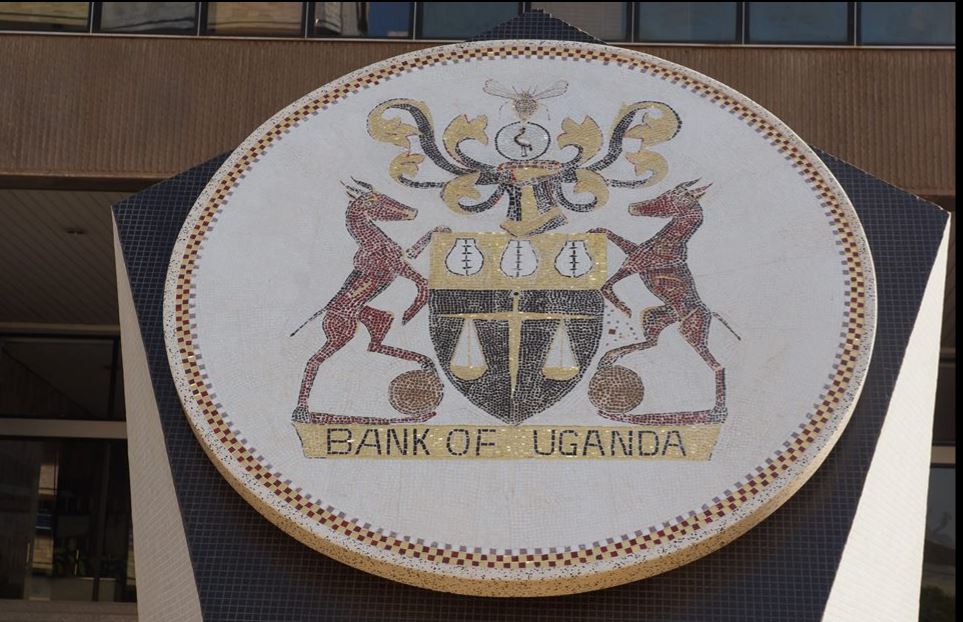Value of loan applications in banks declined to Shs3.8 trillion- BoU

In its monetary policy report for April 2021 released in May, BoU said during the period, the value of loan applications fell significantly to Shs3.8 trillion from Shs4.5 trillion previously reflecting less appetite for credit.
What you need to know:
- In its monetary policy report for April 2021 released in May, BoU said during the period, the value of loan applications fell significantly to Shs3.8 trillion from Shs4.5 trillion previously reflecting less appetite for credit.
Despite slight improvement in the economy, the Bank of Uganda says the value of loans received and approved fell in the quarter to February 2021, reflecting decline in both the demand and supply side for credit.
In its monetary policy report for April 2021 released in May, BoU said during the period, the value of loan applications fell significantly to Shs3.8 trillion from Shs4.5 trillion previously reflecting less appetite for credit.
The report also shows that the value of loan approvals fell to Shs2.5 trillion from Shs2.6 trillion mainly due to commercial banks’ risk aversion.
The personal and household loans’ sector continued to take up the bulk of both loan applications and approvals followed by trade, building, construction and real estate. However, these levels are way below the value of loan applications and approvals of Shs7.6 trillion and 4.8 trillion, respectively that were recorded in the pre-pandemic era, particularly in the quarter to December 2019.
Besides the commercial banks, the central bank states that the stock of Uganda Development Bank (UDB) loan rose to Shs547 billion as at February 2021 from Shs469 billion as at November 2020. UDB lending is largely to agro processing, manufacturing and primary agriculture sub-sectors.
SFI’s new net lending rose to Shs255.5 billion in the quarter to February 2021 up from Shs66.9 billion in the quarter to November 2020 reflecting fewer up-take of the credit relief measures (CRMs). Indeed, net capitalized interest on account of CRMs fell to Shs196.2 billion from Shs393.2 billion in the quarter to November 2020.
As a result, the growth in the stock of PSC net of capitalized interest averaged 9.2 per cent, up from 7.2 per cent in the quarter to November 2020. As at end of February 2021, the restructured loans under CRMs amounted to Shs8.2 trillion, of which Shs4.6 trillion remain outstanding, implying that 46.9 percent of loans in the banking sector have benefitted from the CRMs since April 2020.
Economists in the central bank are optimistic that the extension of CRMs beyond March 2021 by BoU could moderate risk aversion and consequently support lending in the near-term.
A sectoral decomposition of credit growth indicates that credit extensions to the various sub-sectors of the economy were uneven in the quarter to February 2021. Credit extension to the personal and household loans, agriculture and manufacturing rose by 8.2 per cent, 6.6 per cent and 13.6 percent, up from 7.5 per cent, 5.6 per cent and 3.1 per cent, respectively in the quarter to November 2020.
The credit growth in the trade, business services, and building, mortgage, construction and real estate sub-sectors declined averaged -4.0 percent, 5.6 percent and 9.1 percent, respectively from -0.1 percent, 8.8 per cent and 10.4 percent in the quarter to November 2020.
With the above development in mind, the Bank of Uganda says in the short-run, PSC growth is likely to be dependent on the pace of the recovery in domestic economic activity and the quality of banks’ assets, particularly the magnitude of non-performing loans.
“However, in the medium-term PSC growth is expected to improve following the gradual easing of lockdown measures on some services sectors and wide up-take of Covid-19 vaccines,” says Bank of Uganda.




